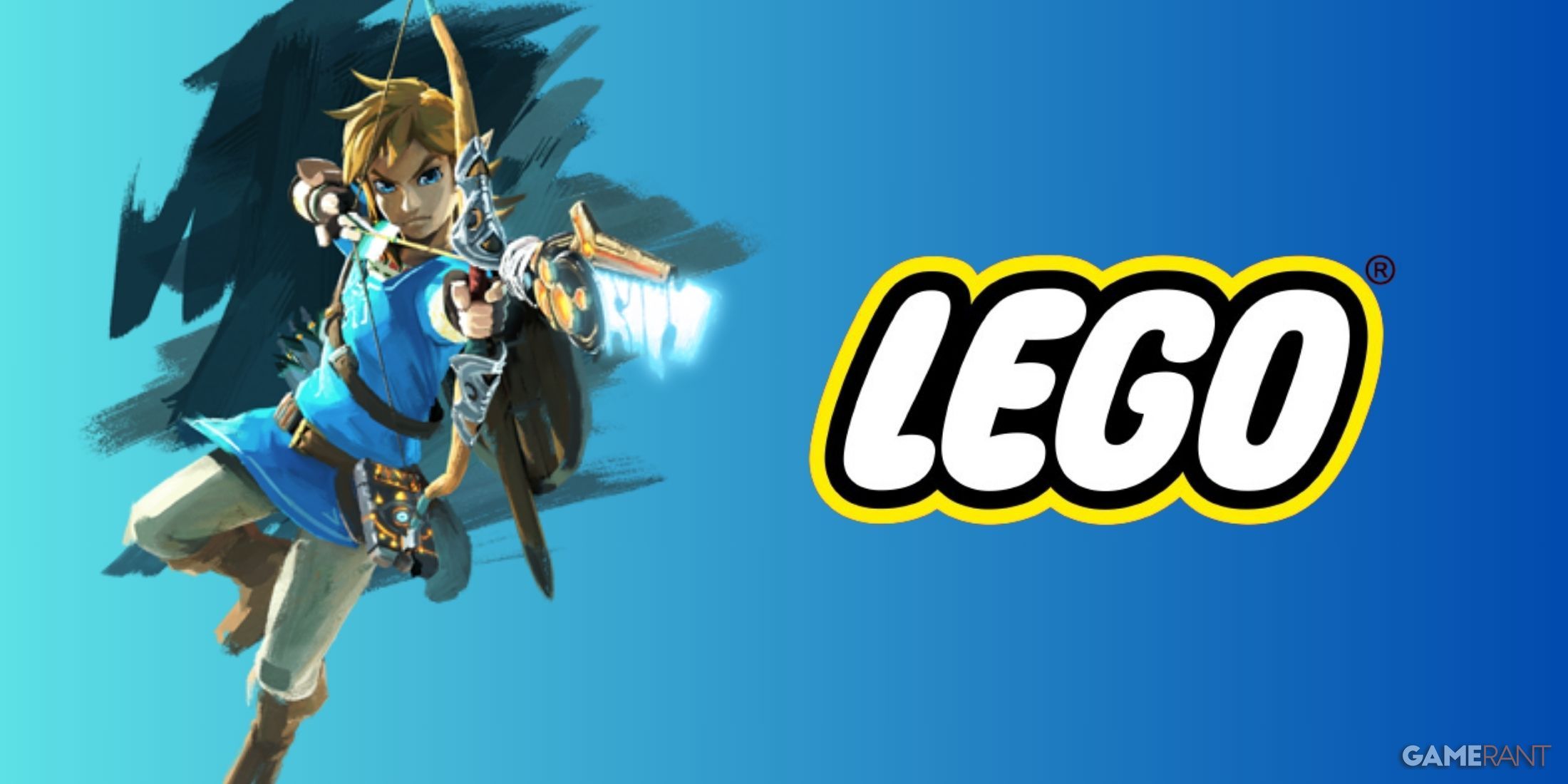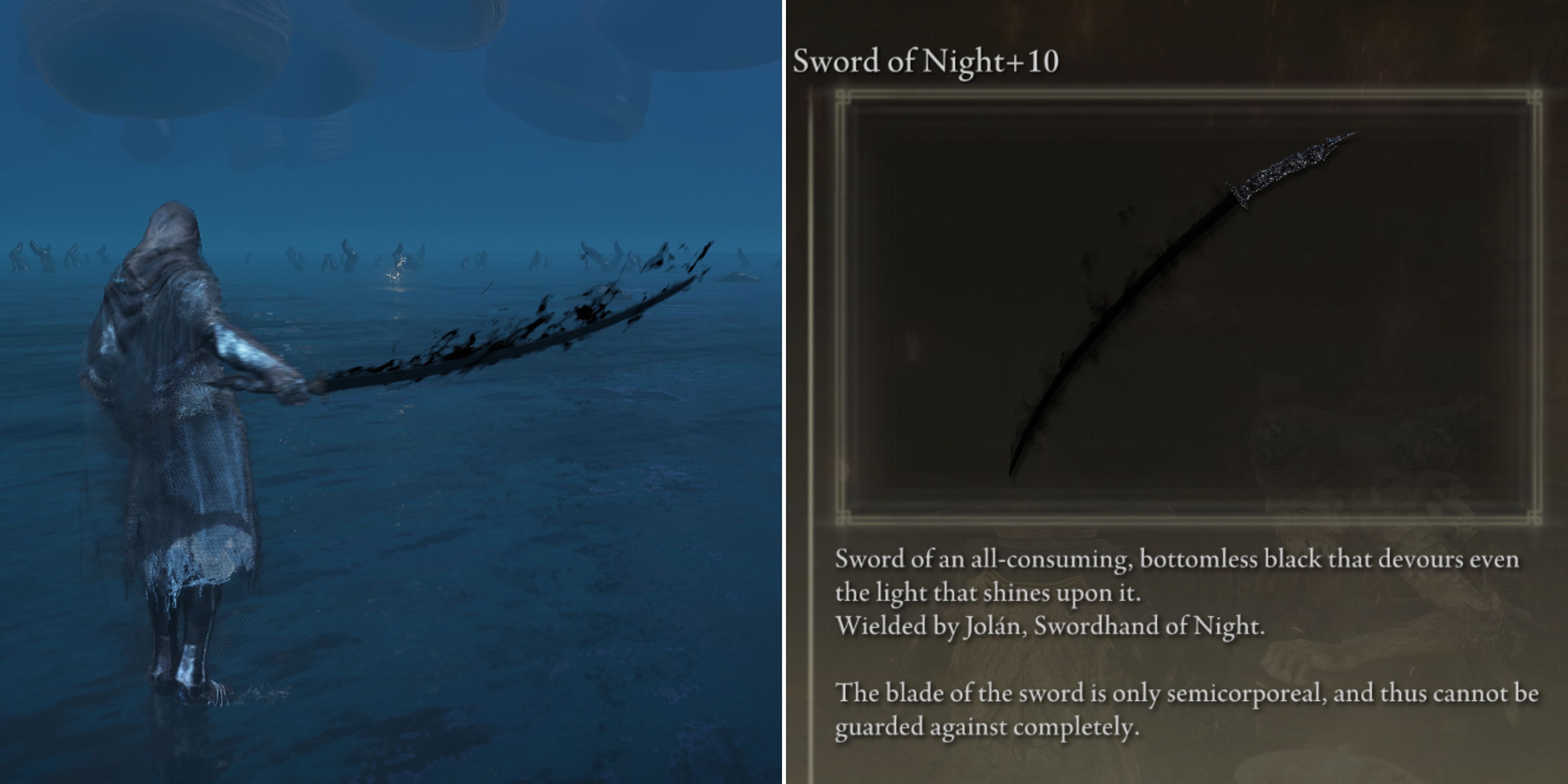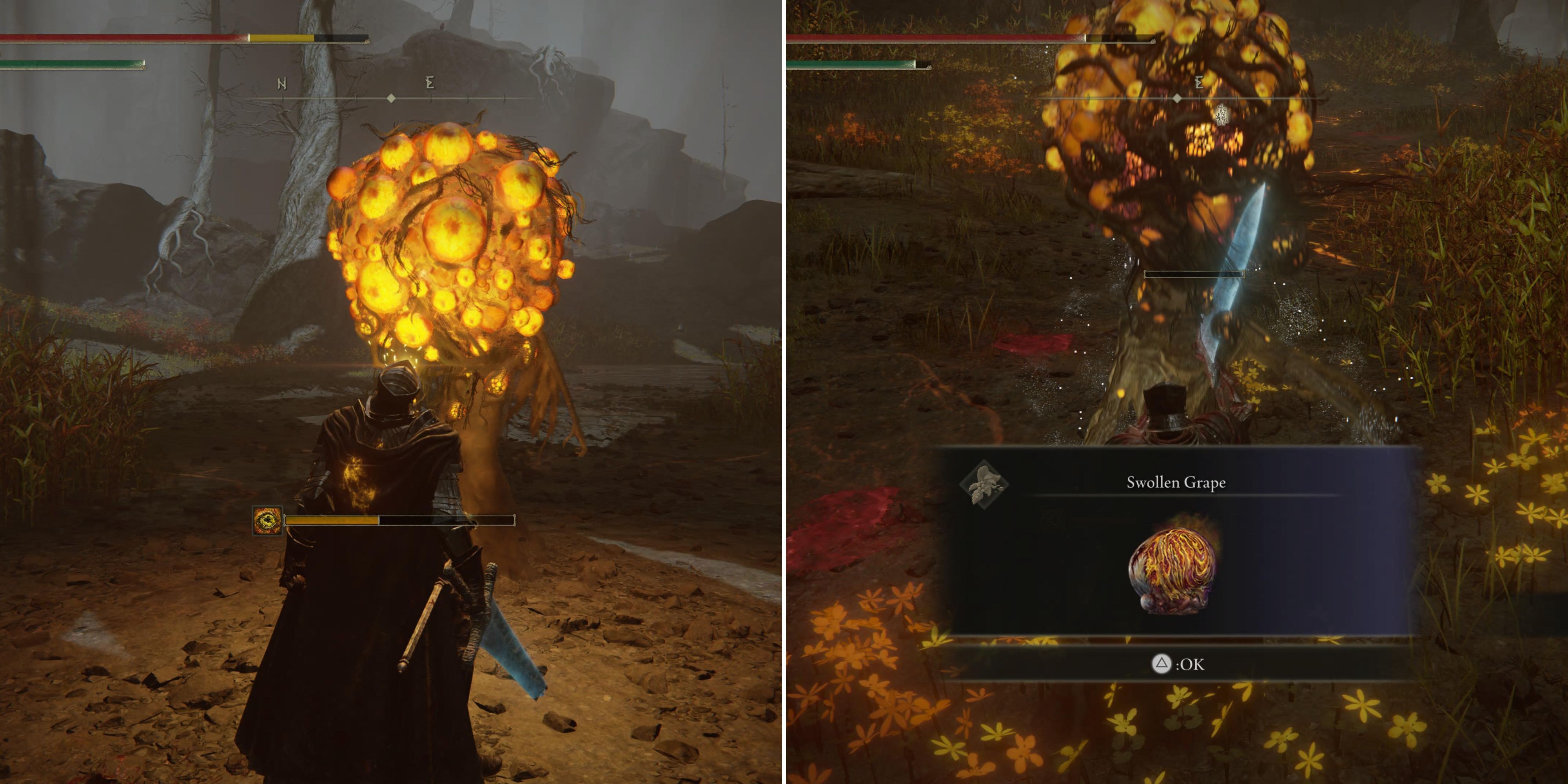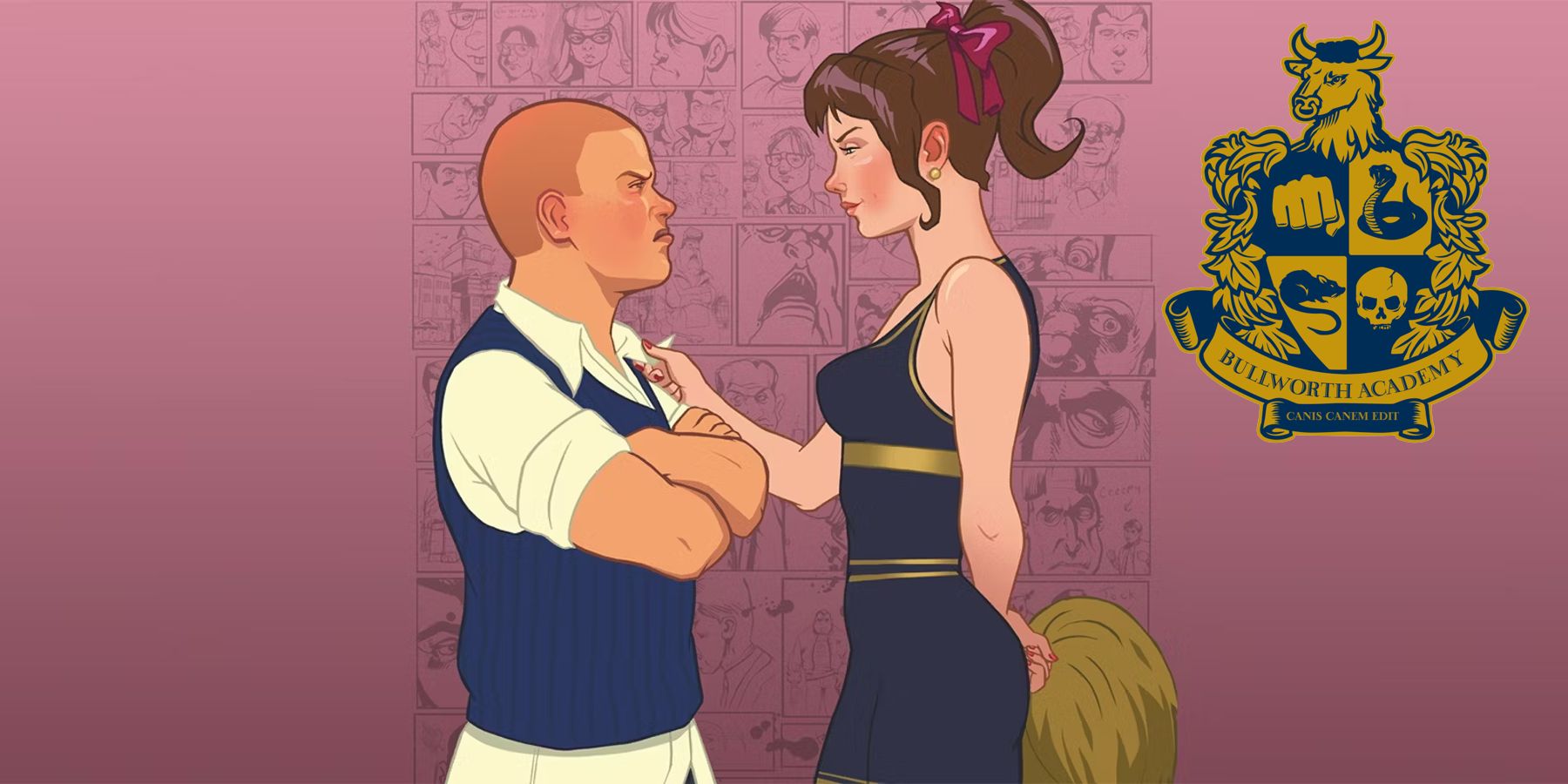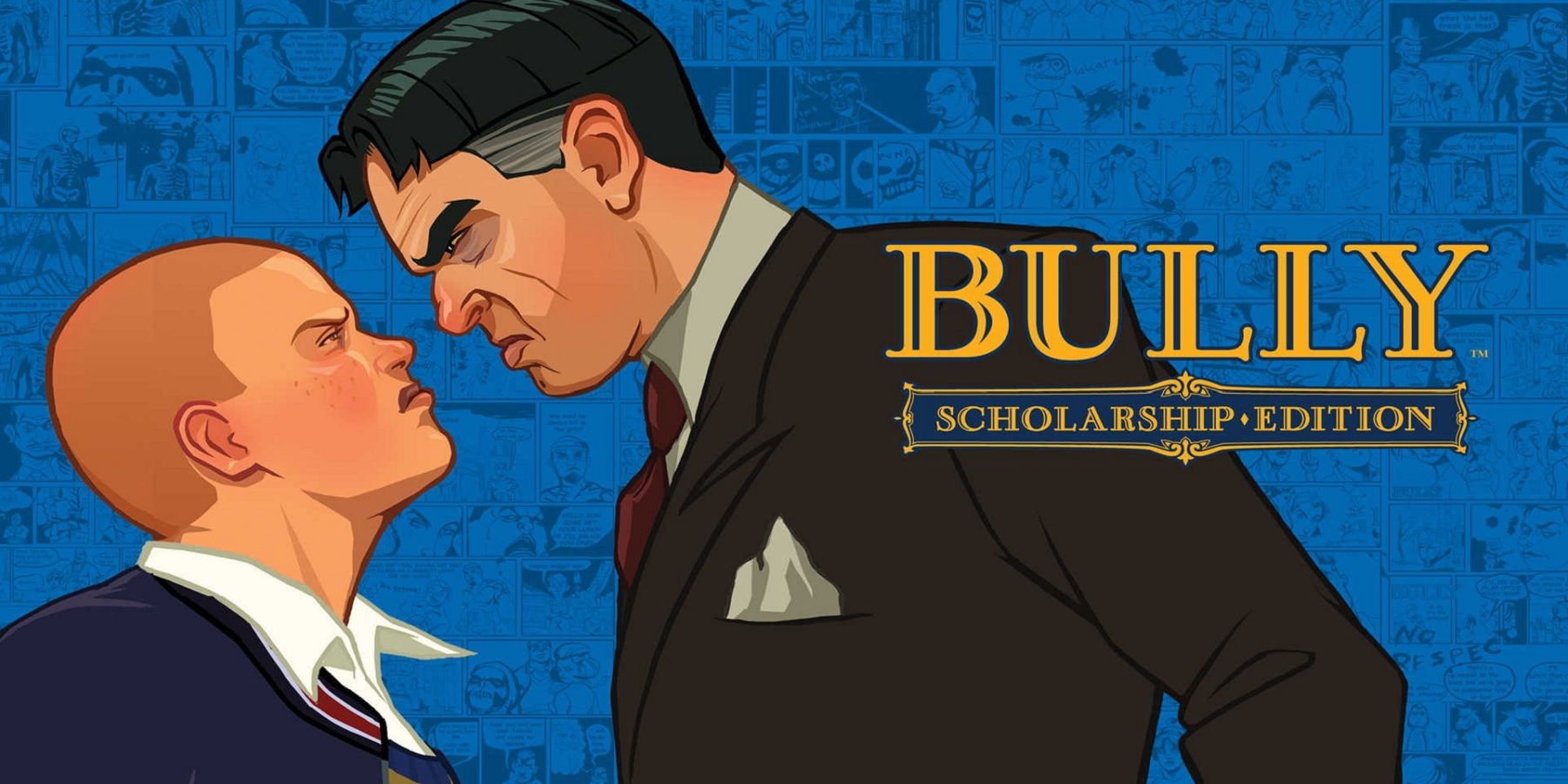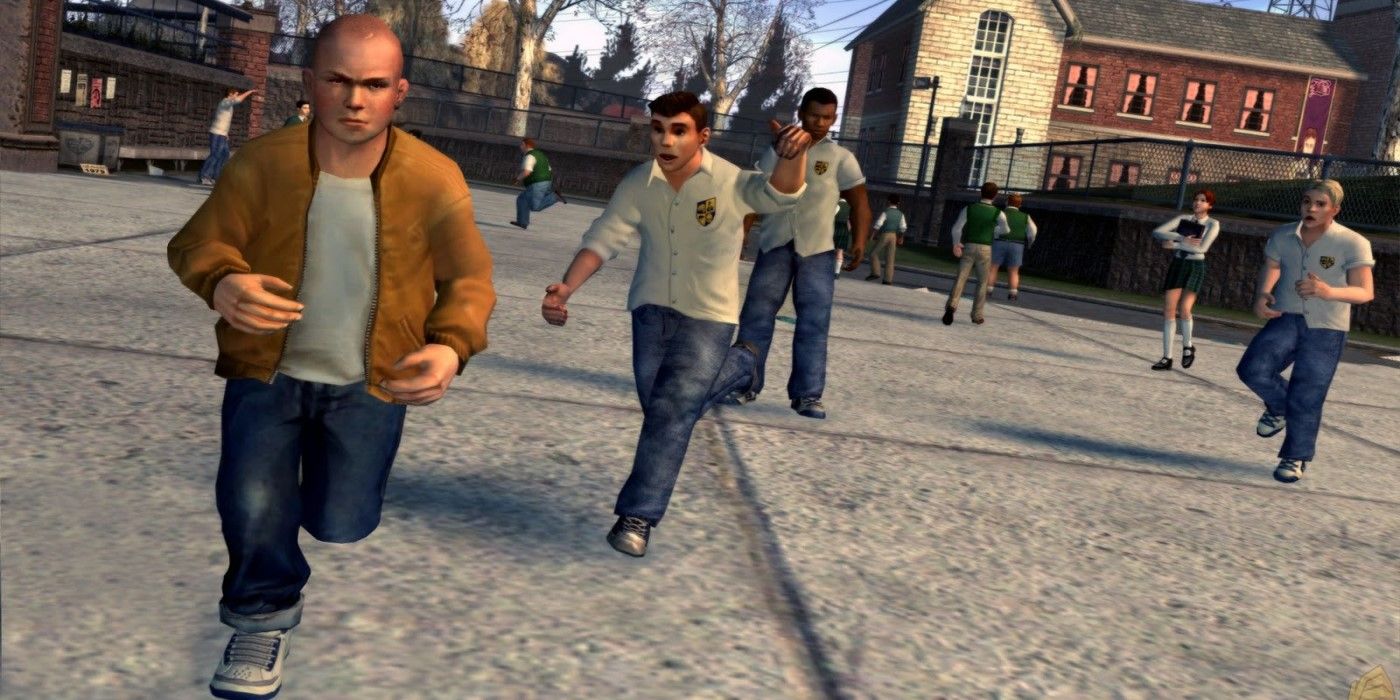Bully is one of the most memorable standalone releases to ever come from veteran development studio Rockstar, a company that is otherwise characterized by mega long-term franchises like GTA and Red Dead Redemption. With its unique setting and surprising concept, the title was a massive risk that has clearly paid off when regarding the cult following that it possesses to this day.
While there is still a large following surrounding Bully, as well as constant rumors of a long-awaited sequel, the game originally releasing in 2006 means that it has aged quite significantly. However, when looking back at the title as a whole, there are some aspects of it that are surprisingly forward-thinking and still remarkably unique.
The Unique Nature of Bully
Bully maintains the famous Rockstar formula of third-person open-world gameplay with quest givers, and applies it to the context of an extremely rough boarding school. The title sees players take control of Jimmy Hopkins, a fifteen-year-old new student at Bullworth Academy, who has to navigate the ruthless and unforgiving nature of the school.
With beat 'em up violence as its main gameplay tenet, and mostly involving underage characters in an educational environment, it is no wonder that Bully was initially met with a lot of controversy during the time of its 2006 release. Through rebranding which saw the game be briefly known as Canis Canem Edit, and through a growing understanding of the true and nuanced nature of the game's narrative, Bully has since gone on to become regarded as an extremely unique but compelling gameplay experience.
How Bully Has Aged Since 2006
Of course, due to its nature as a 2006 title released for the PS2 era of consoles, the most poorly aged factor of Bully is arguably its graphics. While many may remember the release as visually pleasing from their memories of the game, a 2022 replay will make the aging nature of the title's graphics more than obvious.
The narrative of Bully is in some ways a product of the time in which it was written. Some aspects of it, such as a scene in which Bully's antagonist Gary wears a Nazi uniform for Halloween, would undoubtedly be seen as distasteful through a more modern lens. With that being said, however, there are many aspects of Bully's themes and narrative that are actually quite progressive and forward-thinking for the time in which it was written.
A far cry from the early misconceptions surrounding the title as a "bully simulator," Bully actually tells a tale about breaking down social barriers that are often put in place due to class differences or differences in interests. Bullworth's society of students is composed of a variety of different cliques, all of which hold significant animosity for one another, it is the role of the player to gain the respect of each group and to show them the benefits of open-mindedness and inclusivity.
Other surprisingly well-aging elements of Bully concern the inclusion of Jimmy Hopkins' apparent bisexuality by allowing him to kiss both male and female students in-game. Given the near complete lack of non-heterosexual representation in gaming during this time period, the presence of such a character element for Bully's protagonist is a fantastic indicator for how the game has aged surprisingly well from a social perspective. Even though the 2006 release date for Bully has inexorably aged the title in terms of graphics and certain story beats, Rockstar's school-based action-adventure title still has some highly noteworthy strengths.
Bully is available now on Mobile, PC, PS2, Wii, and Xbox 360.

